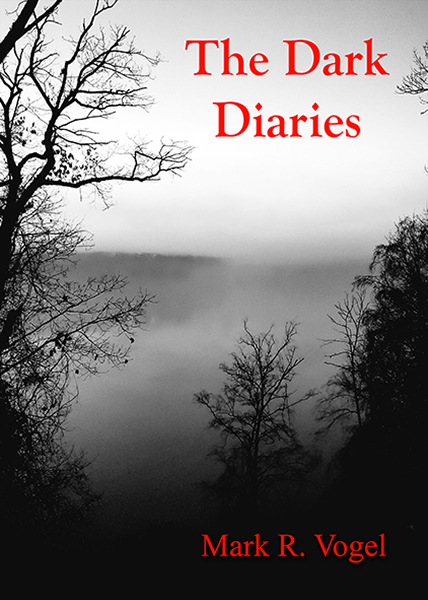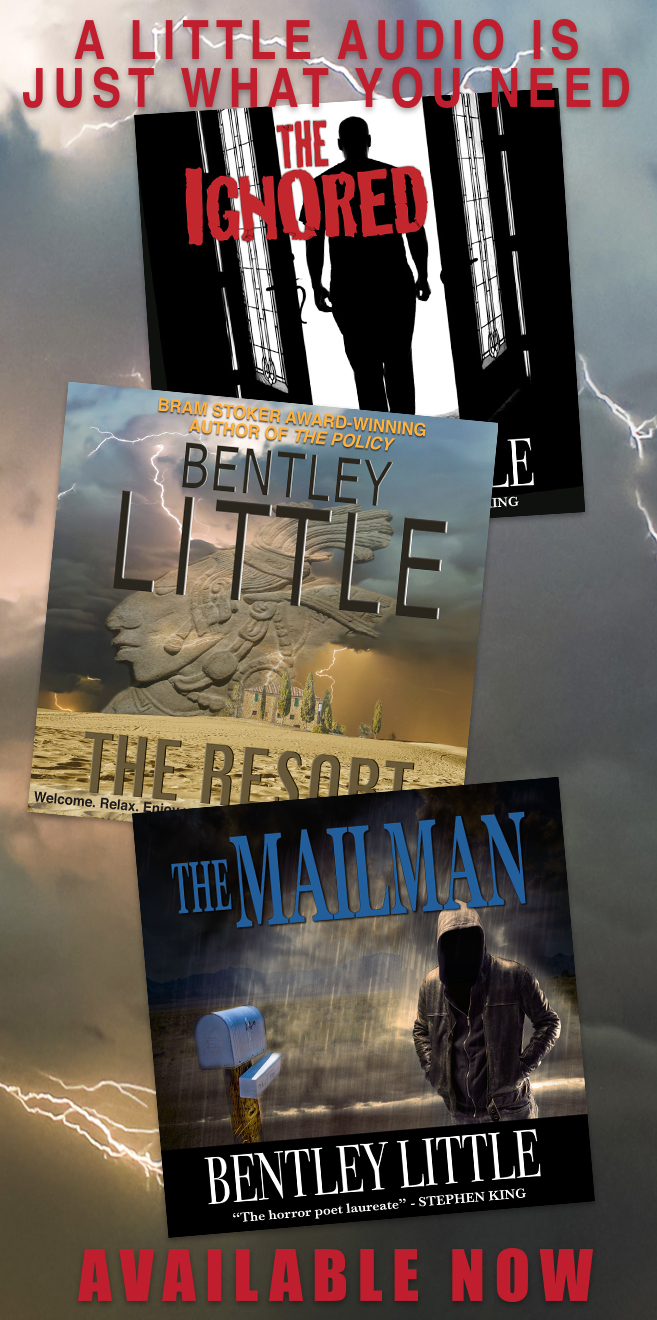“This film is dedicated to Ashley Swan, 2/23/85-11/19/09.” Following a brief slideshow we’re informed that this production is “Brought to you by the Ashley Swan Memorial Trust,” the Special Council of which, Bernard Shepherdman, describes as a collection of footage compiled by Thomas Grayson, Danny Wilson, and Ms. Swan herself. Footage which was used in the murder trial of horror film director Grayson; at the conclusion of the trial the court decided that the footage be released to the Trust for the purposes of restitution, distribution rights being optioned to Austrian documentary filmmaker Jonas Wolfschitz so that he might “put her final days in their proper context.”
The film is a cut-up of video segments captured from various perspectives, tied together chronologically to present the unfortunate saga as it unfolds. Thomas Grayson (Scott Feinblatt) is the central character here, and we first see him interviewed in preparation for beginning filming of his next epic, My Brothers Keeper. Behind the camera is Danny Wilson (Jeffry Chaffin), a self-appointed documentarian whose involvement with the project becomes increasingly questionable as time goes on. Grayson expounds upon his theory of what makes a good horror movie, and how the cheap visceral thrills (like tits and gore) that audiences crave have replaced good storytelling in modern fright flicks. With a little bit of the high hat in evidence, he doesn’t seem like a real easy guy to get along with…
Ashley Swan (Ava Santana) is shown auditioning for the starring role in the film, and then documentary footage of the early days of shooting is seen. Wilson immediately proves himself annoying and intrusive, especially with his camera’s ogling of attractive young starlet Ashley. By the second day of filming tensions are already rising as performances falter and Ashley refuses to commit to the agreed-upon topless scene. Things get more ominous as we leave the set to be treated to a shopping cart POV during which Wilson appears to be building a murder site kit.
Interpersonal issues become clearer as conflict continues, as do individual attitudes. When Ashley’s prima donna attitude delays shooting, it gives Wilson the opportunity to set up a ‘big surprise’ for Grayson. Arriving at Wilson’s home later that night Grayson is treated to a film of the cameraman’s own in which he is seen abducting Ashley and tying her to a table somewhere in his house. “Now…What will you do? Mr. Grayson…?” the screen title asks. For emphasis Wilson leads the director in to see Ashley, still bound but alive for the moment.
Grayson is stunned, but not so much so that he tries to help Ashley, subdue Wilson, or even simply call the police. He just allows himself to be sat down with the apparent psychotic, trying to look overwhelmed as he listens to Wilson explain that all he wants to do is give the girl a “good scare” and get her reaction on film before letting her go. “The perfect shot” is what he’s after, and for some reason Grayson goes along with this.
The filmmakers return to the chamber of the unhappy Ms. Swan, with Grayson now taking the camera and following Wilson’s direction as the kidnapper begins to torment the girl. When the cattle prod comes out Grayson finally decides to bail, but stops short when Wilson pulls a gun on him. Now fully in control, Wilson makes it clear that he’s tired of the horror maestro’s tendency to “pussy out,” and he forces Grayson to watch as he snips off Ashley’s shirt, sticks a safety pin into her, and cuts off two of her toes. Finally Wilson pours a jug of antifreeze down Ashley’s throat.
When Ashley appears to have expired Wilson leads Grayson from the room and advises him to “think about the ineffectiveness of subtlety in horror filmmaking.” Wilson then leaves him alone in order to go “clean her up,” a process accompanied by the sound of power tools. When Wilson returns Grayson has apparently had time to grow some balls, and he attacks the amateur filmmaker, knocking him unconscious. Grayson somehow gets the big man up onto the surprisingly clean operating table, tying him down for a talk about “pushing the limits.” This consists largely of Grayson dousing the captive with gasoline and striking a match.
As smoke rises and the camera taped to Wilson’s head captures random flashes of the ceiling and of Grayson, the scene jumps to some earlier footage of Wilson’s, post-cleanup, showing Ashley very much alive and well, fake severed toes and all, and very much in on the ‘joke’.
Whoops.
The segments that follow lead toward the inevitable conclusion: based upon the introduction it’s already understood that Grayson is going down, it’s just a matter of what else he has to do to get there.
The scenes are generally of amateur stage play caliber, with lines not always being convincingly written or delivered. (Although there is an amusing foot-level scene of Danny taking a dump while musing on the director’s filmmaking perspective, sound effects providing a fitting analogy to the thought process.) And I’m generally a little skeptical when Lloyd Kaufman shows up in association with any production: usually just the name alone of the Troma-meister himself is enough to set the cheese log a-rollin’. In this case however his participation is practically incidental, and even humorous, as the “Interrogating Officer.” (“You’ll have your salad tossed so many times, you’re gonna need Caesar’s dressing!”)
The introductory titles actually had me going for a minute, though not in a particularly good way. A dedication to the deceased? Childhood photos? That doesn’t really put you in the mood for anything; just what the hell kind of deal is this, anyway? And what wiseacre suckered the family into putting trust funds into a low-budget horror movie? But it did quickly become clear that this is all part of the story, not the real-life background. The audio and video mastering are a bit off in places, with uneven sound levels and pauses, skips and pixilation showing up in the video, however as this is meant to be a collection of backstage/behind-the-scenes footage the unpolished effect may be intentional.
At 75 minutes long the film is a little short, the body of which is made shorter by the dozen-or-so pauses presented for section titles describing the source and location of each bit. But this is okay on one level, the story itself being brief, simple, and not always involving enough to leave one wanting more. Yet at the same time it all still seems to take overly long to play out; while the film does keep you wondering what’s going to happen next, each successive scene proves to be its own letdown. (For those of us who do appreciate cheap visceral thrills however, there is a little tit and a little blood [very little].)
Bonus features include trailers, deleted/extended scenes and behind-the-scenes footage (ironic!).
– Tom Crites
- Interview with J.R. Bookwalter - January 22, 2015
- Interview with Andrew J. Rausch - January 22, 2015
- Interview with Rick Popko and Dan West - January 22, 2015
- Interview with Director Stevan Mena (Malevolence) - January 22, 2015
- Interview with Screenwriter Jeffery Reddick (Day of the Dead 2007) - January 22, 2015
- Teleconference interview with Mick Garris (Masters of Horror) - January 22, 2015
- A Day at the Morgue with Corri English (Unrest) - January 22, 2015
- Interview with Writer/Director Nacho Cerda (The Abandoned, Aftermath) - January 22, 2015
- Interview with Actress Thora Birch (Dark Corners, The Hole, American Beauty) - January 22, 2015
- Interview with Actor Jason Behr, Plus Skinwalkers Press Coverage - January 22, 2015


